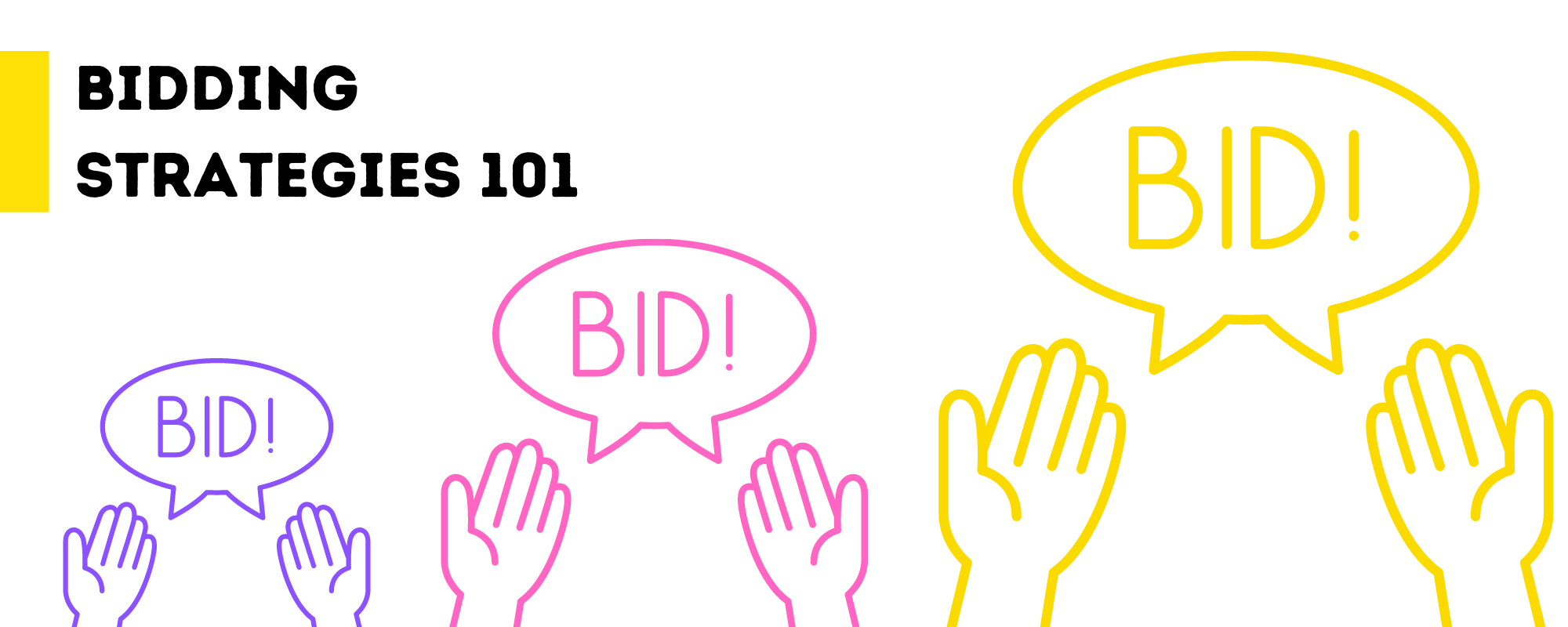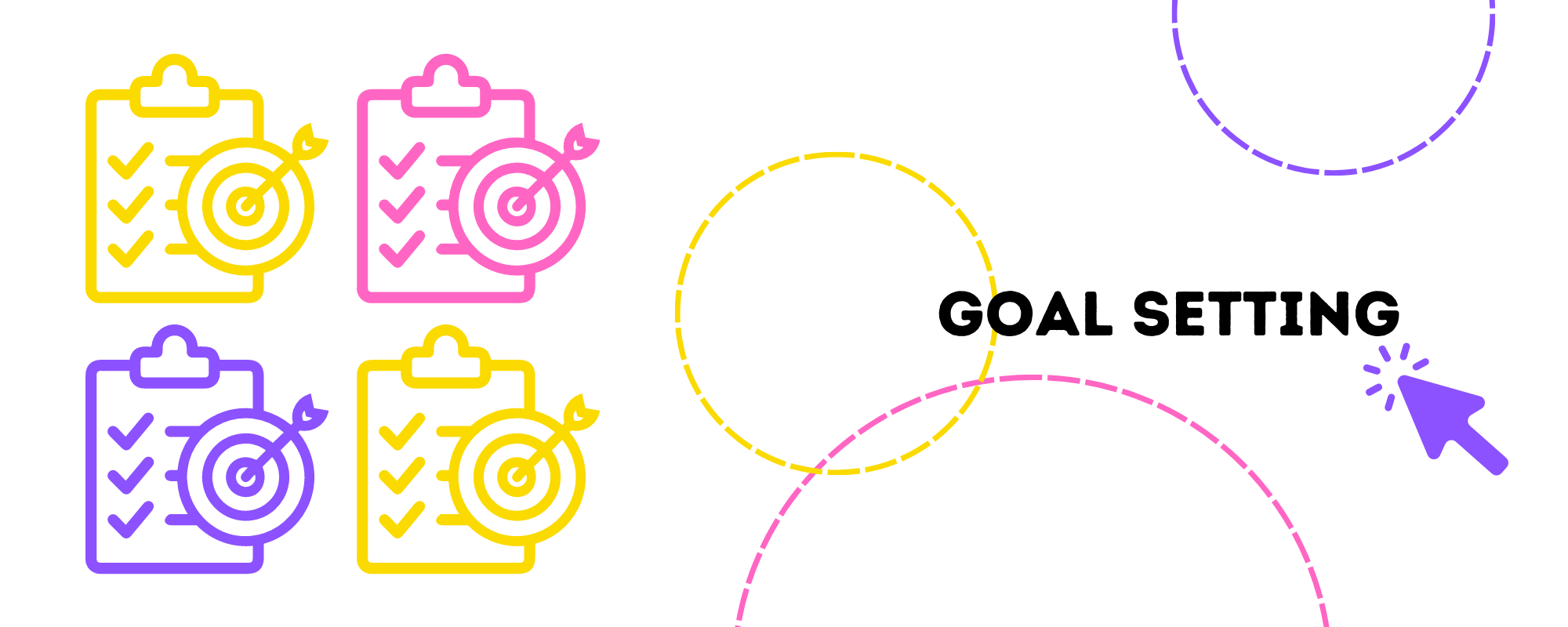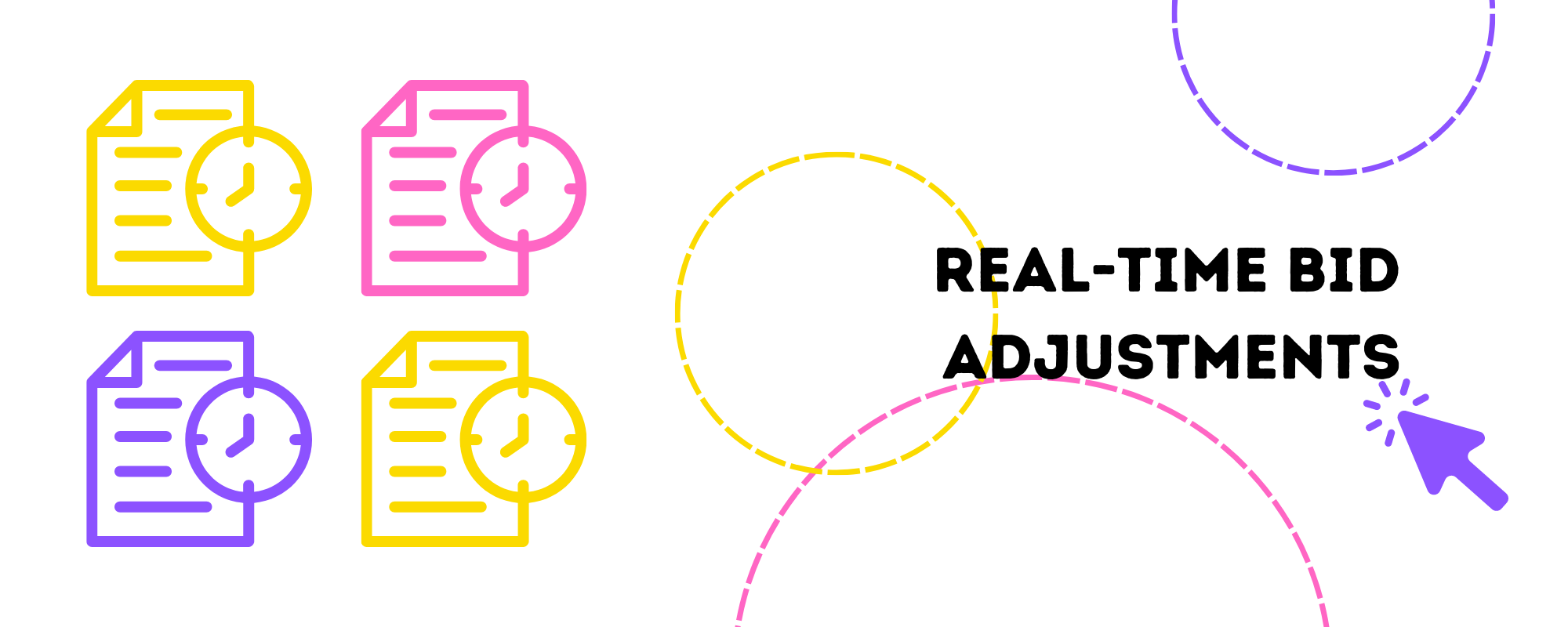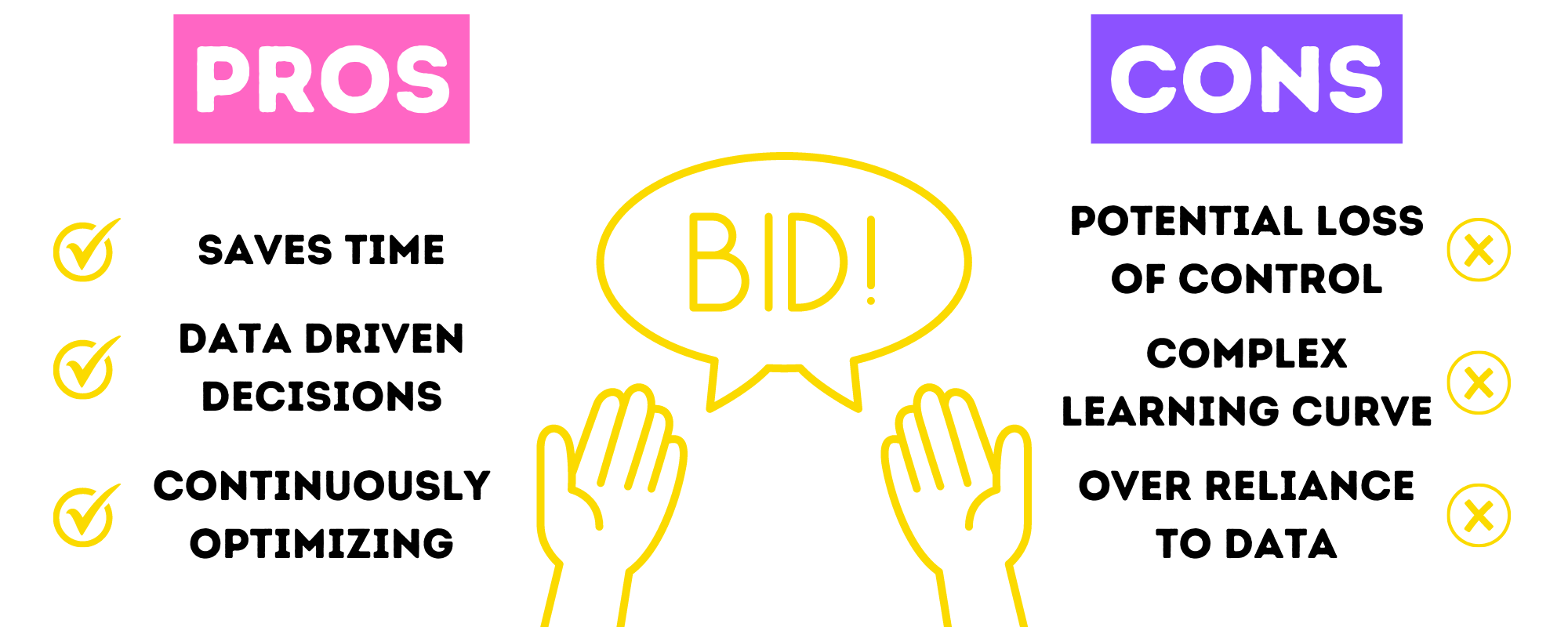
A Beginner’s Guide to Automated Bidding Strategies with Google Ads
CATEGORIES
Tags
24/7 analytics australia automation Business Process Outsourcing company Copywriting CRM customer support data data and analytics Delegate digital digital advertising digital marketing Digital Support Staff ecommerce Email Management Email Marketing Entrepreneur Freelance Writers google ads graphic design Hiring Freelancers Marketing offshore offshoring ominchannel support organizer outsource Outsourcing Philippines Project management reporting seo seo audit Shopify Small Business social media Social media experts social media management United States video Virtual Assistant Virtual Team
Every click and conversion matters. Almost all businesses strive to maximize their return on investment (ROI) and achieve their campaign objectives. And this is where automated bidding strategies come into play.
In Google Ads, you make bids for certain ads so you can reach more people. It’s a competition against your peers who are aiming for the same search terms. So you want to bid competitively, but not too much. That’s where automated bidding strategies come in. Automated bidding strategies leverage machine learning algorithms and data analysis to make real-time bidding decisions, optimizing ad spend and maximizing performance.
Whether you are a novice advertiser or an experienced marketer looking to refine your digital advertising game, understanding and implementing automated bidding strategies can significantly impact the success of your campaigns.
Understanding Automated Bidding Strategies
Automated bidding strategies, also known as algorithmic bidding or smart bidding, are advanced techniques used in digital advertising to automate the process of setting bids for ad placements.
The purpose of automated bidding strategies is to optimize campaign performance when they dynamically adjust bids to achieve specific goals, such as maximizing conversions, increasing return on ad spend (ROAS), or maximizing click-through rates (CTR).
Types of automated bidding strategies
1. Target CPA (Cost Per Acquisition)
Target CPA aims to maximize conversions while maintaining a specific target cost per acquisition. Advertisers set a desired cost per acquisition, and the automated bidding algorithm adjusts bids in real-time to achieve that target. It’s useful for advertisers focused on generating conversions within a specific cost range.
2. Target ROAS (Return on Ad Spend)
This strategy focuses on maximizing the return on ad spend. Advertisers specify the desired ROAS, and the algorithm adjusts bids based on the predicted likelihood of conversion and the potential revenue value.
Target ROAS is for advertisers who prioritize maximizing revenue while maintaining a specific ROAS threshold.
3. Maximize Conversions
With this strategy, the algorithm automatically sets bids to get the maximum possible conversions within the advertiser’s budget. The system uses historical data, contextual signals, and user behavior patterns to make bidding decisions.
Maximize Conversions drives as many conversions as possible without specifying a particular cost or ROAS target.
4. Enhanced Cost Per Click (ECPC)
ECPC is a strategy that adjusts manual bids in real-time based on the likelihood of conversion. It increases the bid for clicks that are more likely to lead to conversions and decreases bids for less promising clicks.
ECPC is also designed to improve conversion rates while still maintaining some manual control over bidding.
5. Target Impression Share
This strategy allows advertisers to set a target impression share, which is the percentage of ad impressions they want to receive in relation to the total eligible impressions.
The automated bidding system adjusts bids to help achieve the desired impression share. It’s particularly useful for advertisers focused on increasing brand visibility and maintaining a competitive presence in ad auctions.
How automated bidding strategies work
A bid strategy automatically adjusts bids for your advertisements according to how likely they are to be clicked on or converted. Each kind of automated bid strategy is intended to assist you in achieving your business objective.
Here’s a simplified overview of how these strategies work:
1. Data Collection
Automated bidding strategies rely on a wide range of data sources to inform their bidding decisions. These include historical campaign data, user behavior data, contextual signals (such as time of day or device type), and other relevant factors. The more data available, the more accurate and informed the bidding decisions can be.
2. Goal Setting
Advertisers define their campaign objectives and goals, such as maximizing conversions, achieving a target ROAS, or increasing impression share. These goals serve as the guiding parameters for the automated bidding strategy.
3. Machine Learning and Modeling
Automated bidding strategies use algorithms to learn from historical performance patterns, identify trends, and generate predictive models to estimate the likelihood of conversions or other desired outcomes.
4. Real-time Bid Adjustments
Based on the insights from the machine learning models, the automated bidding system adjusts bids in real-time for each auction opportunity. The system considers factors such as the user’s profile, search context, and competition level to determine the optimal bid amount.
5.Continuous Learning and Optimization
Automated bidding strategies continuously learn and adapt based on the feedback received from the bidding outcomes. They analyze the performance data, evaluate the effectiveness of their bidding decisions, and refine the models over time.
This iterative process allows the algorithms to improve bidding accuracy and performance optimization.
6. Performance Monitoring and Reporting
Advertisers can monitor the performance of their automated bidding strategies through various metrics and reporting tools. They can assess the impact of the bidding decisions on campaign goals, evaluate the efficiency of the strategy, and make informed adjustments if necessary.
Pros and Cons of Automated Bidding Strategies
Weighing the advantages and downsides is an essential first step towards automating bidding. This informs Google of your objectives and provides it with some rules to follow when determining how to bid on your behalf.
Pros:
1. Time-saving and Efficiency
Advertisers can focus on other aspects of campaign management, such as ad creatives and targeting, while the automated system handles bid optimization.
2. Enhanced Precision and Data-Driven Decision-Making
To improve campaign performance, automated bidding strategies leverage vast amounts of data, including historical performance, user behavior, and contextual signals. This data-driven approach enables advertisers to make more precise and informed bid adjustments.
3. Continuous Optimization and Adjustment
Data like changing market conditions, user behavior patterns, and campaign goals can automatically adjust bidding.
Cons:
1. Potential Loss of Control
While automated bidding strategies offer efficiency and precision, advertisers may feel a loss of control over bid adjustments. Advertisers must trust the automated system to make accurate decisions based on the provided goals and data. Some advertisers prefer the ability to have more direct control over bidding decisions.
2. Complexity and Learning Curve
Advertisers may need to invest time in understanding the intricacies of different strategies, interpreting performance metrics, and optimizing the bidding settings to align with their specific goals.
3. Reliance on Accurate Data and Historical Performance
The effectiveness of automated bidding strategies hinges on the availability of accurate and relevant data, as well as historical campaign performance. Incomplete or inconsistent data, as well as new or data-limited campaigns, can pose challenges and impact the effectiveness of automated bidding decisions.
The Importance of Automated Bidding Strategies in Google Ads
Google’s continuous evolution includes the addition of automated features and advancements in machine learning for its advertising platform. Automated bidding strategies offer an appealing way to streamline ad campaigns, particularly for newcomers.
It’s important to understand its benefits and drawbacks to avoid depleting your budget without achieving profitable outcomes.
1. Increased Competitiveness and Dynamic Auction Environment
Google Ads operates within a highly competitive auction system, where advertisers compete for ad placements based on bids and relevancy. Automated bidding strategies provide a crucial advantage by enabling advertisers to adapt and optimize bids in real-time, keeping up with the dynamic nature of the auction environment.
2. Advanced Machine Learning Capabilities
Google Ads analyze vast amounts of data to make precise and data-driven bidding decisions. The machine learning models can identify patterns, understand user behavior, and predict the likelihood of conversions or other desired outcomes.
3. Better Alignment with Business Goals and Target Metrics
Whether the objective is to maximize conversions, increase ROAS, or improve impression share, automated bidding strategies can be tailored to optimize bids.
Aligning automated bidding strategies with accurate and relevant data ensures efficient budget allocation and consistent optimization of bidding decisions for desired outcomes.
Advertisers can have greater control over the performance of their campaigns while still benefiting from the automation and efficiency of the bidding strategies.
How Outsourcing Helps with Setting Bidding Strategies
Advertising specialists and agencies can plan, implement, and optimize bidding strategies for your campaigns.
You no longer need to study bidding strategies or DIY it and risk catastrophic results.
The benefits of outsourcing bidding strategy management is you access specialized expertise and experience for continuous optimization and performance monitoring for your ads.
When you outsource advertising, you have professionals who can optimize your bidding strategies effectively, and maximize the performance of your digital advertising campaigns.
1. Expertise and experience
Digital advertising specialists have in-depth knowledge of industry best practices, the latest trends, and advanced bidding techniques.
Their experience in managing various campaigns and working with different clients allows them to bring valuable insights and strategic guidance to optimize bidding strategies effectively.
2. Improved budget efficiency and higher ROI
When it comes to outsourcing bidding strategy management, businesses can expect to see improved budget efficiency and higher return on investment (ROI).
Partnering with external professionals or agencies helps tap into businesses’ expertise and benefit from strategic bid optimization. It’s like having a dedicated team of experts working alongside your internal team, ensuring that your advertising budget is optimized and delivering the best possible results.
This means eliminating wasteful spending and directing resources towards opportunities that yield higher conversions.
3. Collaboration and integration with internal marketing efforts
When you outsource to digital advertising experts, you can depend on them to align bidding strategies with broader marketing objectives, ensuring consistency and synergy across various advertising channels and your internal sales and marketing goals.
The external experts can provide recommendations, insights, and performance reports that can be used to inform and enhance overall marketing strategies.
Best Practices for Implementing Automated Bidding Strategies
The balance of control between advertisers and platforms has seen shifts over the years, particularly as Google moves away from manual bidding towards automated bidding strategies. While the allure of automation may be strong, carefully consider several factors before reducing or eliminating manual bidding in favor of automated strategies.
Making an informed decision requires thoughtful evaluation and understanding of the implications associated with automated bidding.
1. Set up clear campaign objectives and key performance indicators (KPIs).
Before implementing automated bidding strategies, establish clear campaign objectives and define key performance indicators (KPIs) that align with your business goals. This clarity will help guide the bidding strategy selection and optimization process, ensuring that the automated system works towards achieving the desired outcomes.
2. Ensure accurate and relevant conversion tracking.
Accurate conversion tracking is essential for effective automated bidding. Make sure that your tracking is properly set up to capture relevant conversion actions, such as purchases, form submissions, or other desired actions. This data will enable the bidding algorithms to optimize bids based on actual performance and drive meaningful results.
3. Start with conservative bidding strategies and gradually optimize.
When implementing automated bidding, it’s advisable to start with conservative bidding strategies. Begin with lower bid adjustments to allow the system to gather sufficient data and learn about your campaign performance. As you gain confidence in the bidding strategy and observe positive results, gradually increase bid adjustments to optimize for better performance.
4. Regularly monitor and conduct performance analysis.
Even with automated bidding, it’s important to regularly monitor and analyze campaign performance. Keep a close eye on key metrics such as conversions, cost per acquisition, return on ad spend, and impression share. Identify any anomalies or trends that may require adjustment or optimization. Regular monitoring helps you stay informed about the performance of your bidding strategies and make data-driven decisions.
5. Continue learning and adjustment based on data and insights.
Automated bidding strategies rely on data and machine learning. Continuously analyze the performance data, gather insights, and leverage those insights to refine your bidding strategies.
Look for patterns, trends, and opportunities for improvement. Adjust bidding settings, experiment with different strategies, and learn from the outcomes to drive continuous optimization and maximize campaign performance.
Automated bidding is the future of digital advertising, offering both advantages and challenges for advertisers. While it removes some control that advertisers are used to, it can also improve account performance by considering factors that humans may overlook. However, it’s important to approach automated bidding with caution and not blindly trust in its promises.
Constant monitoring and testing are crucial to ensure that automated bidding strategies align with your goals and contribute to sustainable account growth. It’s about finding the right balance between automation and human intervention.
With the right approach, automated bidding can become a strong asset for account growth and contribute to your long-term success.












